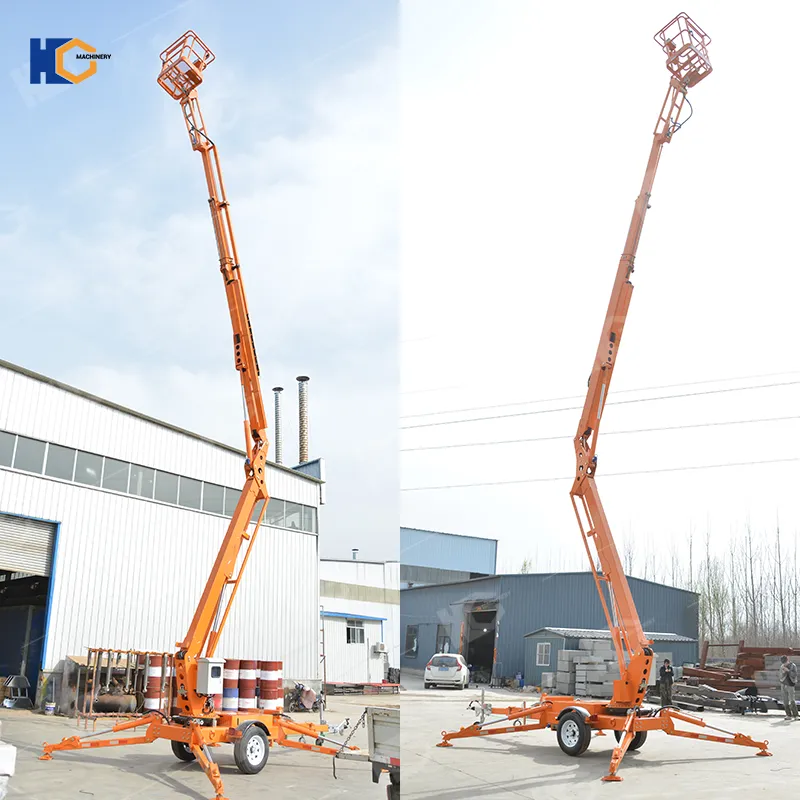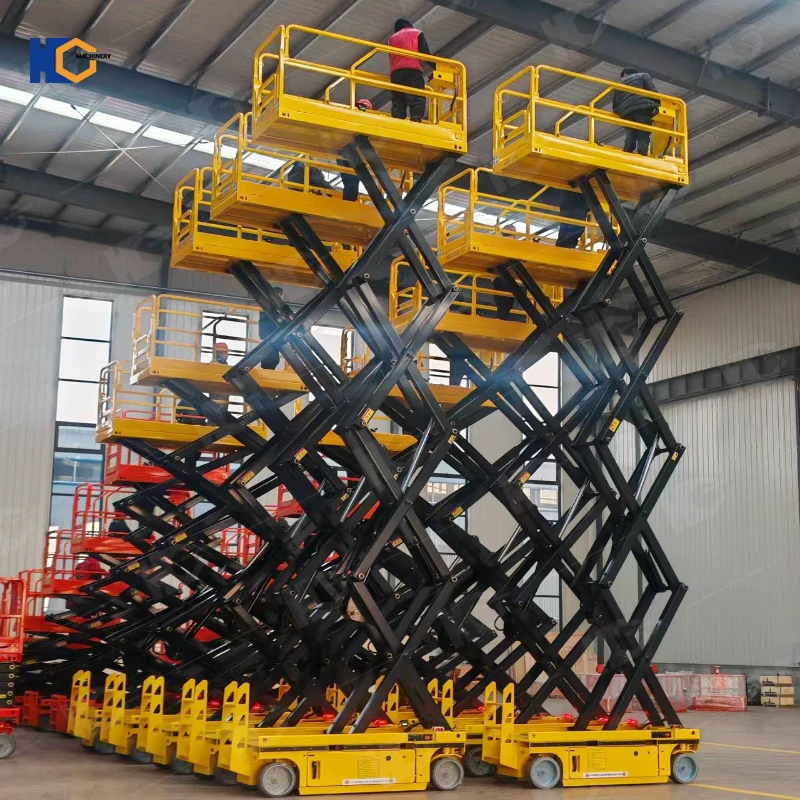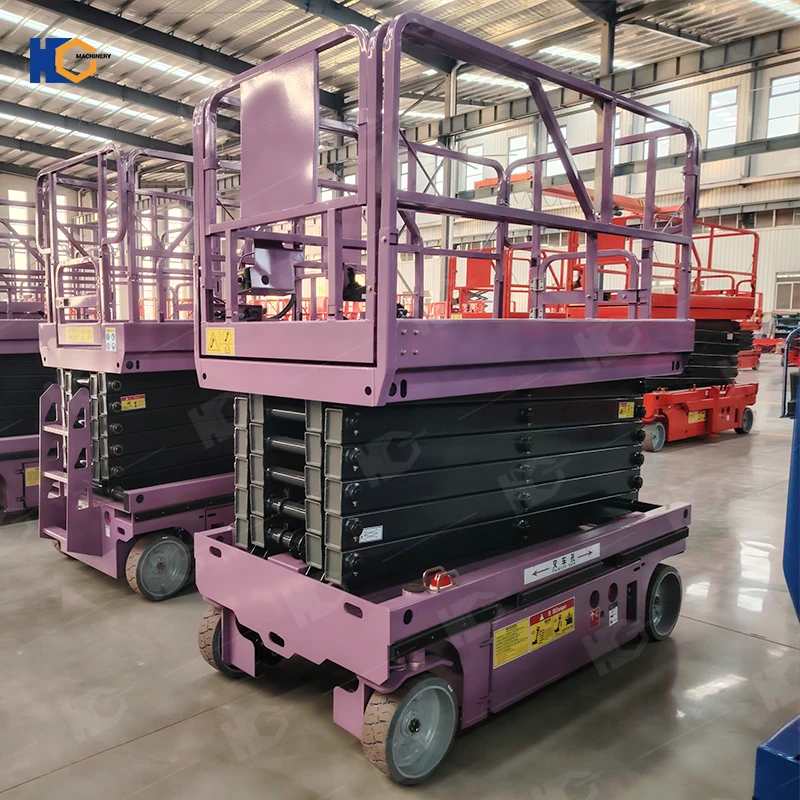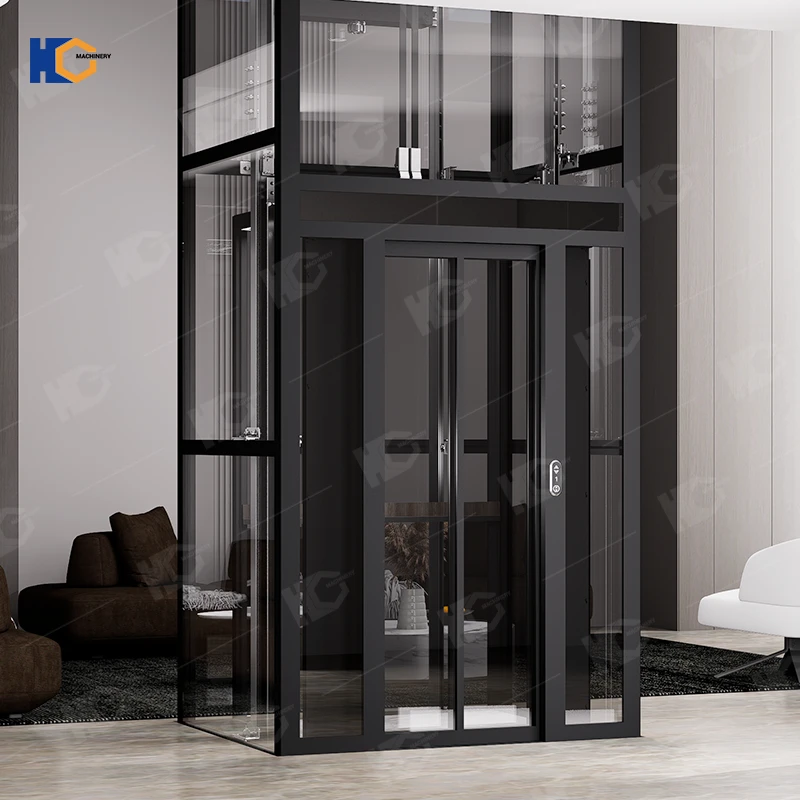What is towable boom lift?
A towable boom lift—sometimes referred to as a trailer-mounted boom lift—is a type of aerial work platform that can be easily transported by attaching it to a vehicle with a standard tow hitch. Featuring an extendable boom and a work basket or platform for personnel, towable boom lifts are commonly used for light to medium-duty elevated tasks such as property maintenance, tree trimming, or light construction. They typically have outriggers or stabilizers for safe operation and vary in reach height, outreach, and load capacity. Because of their relatively compact design and simpler towing requirements, they are often favored by contractors, rental companies, and facility managers who need a versatile, cost-effective solution for working at height.

Pros of Towable Boom Lifts
Easy Transport and Mobility
One of the biggest selling points of a towable boom lift is its convenient transport mechanism. You can attach it to a vehicle with a standard hitch and tow it to different sites without the need for special trailers or permits. This feature makes towable boom lifts especially appealing for rental companies and contractors who frequently move between various locations.Lower Initial Cost
Compared to self-propelled boom lifts, towable models typically come with a more affordable price tag. For small businesses or individuals on a tighter budget, the lower upfront investment can be a deciding factor. Over time, the total cost of ownership can also be reduced if you only use the lift occasionally.Lightweight and Compact Design
Towable boom lifts are generally lighter and more compact than other types of aerial work platforms. Their smaller footprint allows them to be stored in tighter spaces, such as a garage or standard warehouse. If you are operating on a site where space is limited or there are concerns about ground pressure, a towable boom lift’s lighter design could be a significant advantage.Versatility in Height and Outreach
Despite their compact build, many towable boom lifts offer impressive maximum reach heights and horizontal outreach. This versatility means you can handle tasks like tree trimming, building maintenance, or light construction work without needing multiple pieces of equipment. Additionally, some models come with optional features such as rotating baskets or articulating arms for improved maneuverability.Ease of Operation
Most towable boom lifts feature user-friendly controls, making them easier to learn and operate. Safety systems—like outriggers with automatic leveling—further reduce the complexity, especially for newcomers. This simplicity can also translate into lower training costs and less downtime on the job.
Cons of Towable Boom Lifts
Limited Lift Capacity
Towable boom lifts often have lower weight capacities compared to their self-propelled counterparts. If you need to lift heavy tools, larger materials, or multiple workers, you might find a towable model insufficient. Exceeding the recommended capacity can be dangerous and may result in equipment damage or operator injury.Set-Up Time
Before you can start working, you need to unhitch the lift from your vehicle, position it on stable ground, and deploy the outriggers. While the process is not overly complicated, it can still take more time than simply driving a self-propelled boom lift to the required area. On projects where speed is crucial, those few extra minutes per shift can add up.Dependence on a Towing Vehicle
A towable boom lift requires a compatible towing vehicle with adequate capacity. If you do not own a suitable truck or SUV, you may need to factor in the cost of renting one. In addition, shifting the lift around a large job site might be cumbersome because you can’t simply drive it to each location—unless it includes some self-drive capability (which is often limited to repositioning rather than full travel).Less Stability in Rough Terrain
While many towable boom lifts are designed to handle moderate outdoor conditions, they may not perform as well as specialized rough-terrain lifts in challenging environments. Uneven or muddy ground can pose stability concerns, and you may need additional ground support or more time to find a stable setup. If your work frequently involves off-road conditions, a dedicated rough-terrain lift might be a better option.Slower Operation
Because most towable boom lifts lack robust drive systems, tasks that involve frequent repositioning can take longer. If your project demands rapid mobility across a wide area—such as large construction sites—towable lifts may not be as time-efficient as self-propelled models.
Conclusion and Recommendations
A towable boom lift can be an excellent solution for many contractors, maintenance professionals, and property managers looking for a cost-effective, easy-to-transport aerial work platform. Its lighter weight, lower price, and straightforward operation are appealing pros, especially for those who need an occasional height solution for varied job sites.
However, the limitations of lift capacity, slower setup, and dependence on a towing vehicle are notable cons. If you frequently need high-capacity lifting, faster repositioning, or better performance in rough terrain, then a self-propelled or rough-terrain model may be more suitable.
To make the best decision:
Assess Your Work Environment: Determine if you need to handle rough terrain or frequently move around a large site.
Calculate Your Required Lift Capacity: Ensure the lift can support the weight of tools, materials, and personnel.
Consider Frequency of Use: Occasional users may find the lower cost appealing, but heavier daily usage might favor a more robust option.
Plan for Towing Logistics: Confirm you have an appropriate vehicle and any required permits or driving conditions.
By weighing these pros and cons against your project needs, you can select a towable boom lift that improves efficiency, maintains safety, and delivers solid value for your investment.



